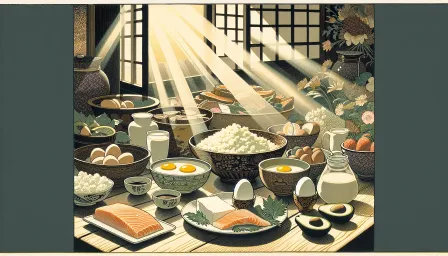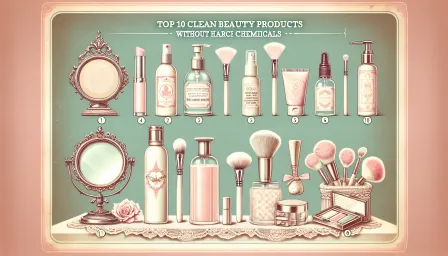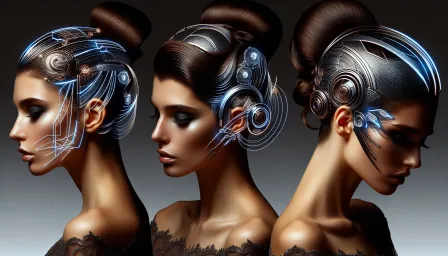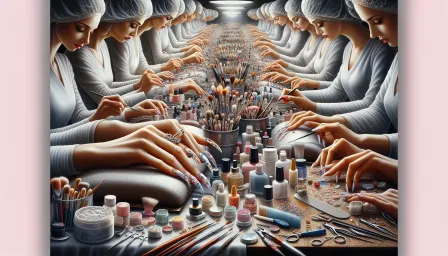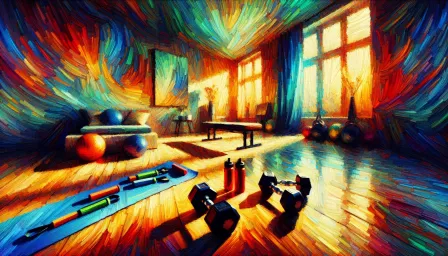The Timeless Appeal of Fashion Photography in Black and White
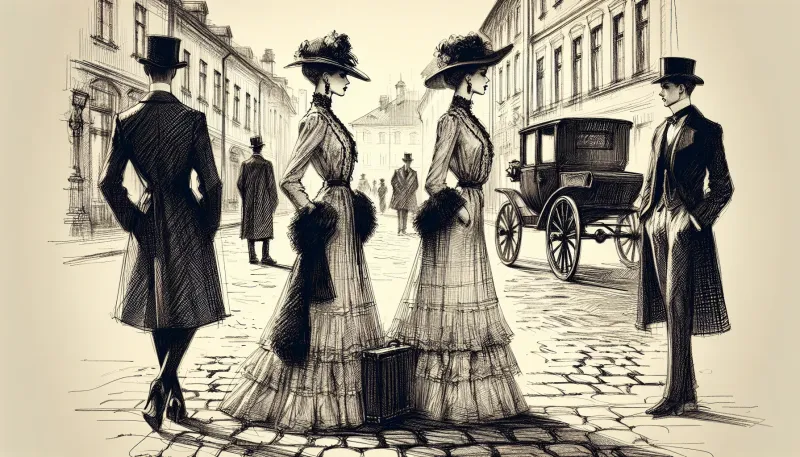
Explore the enduring allure of fashion photography in black and white. Discover its history, techniques, and why it remains a favorite among photographers and audiences alike.
Fashion photography in black and white has an enduring charm that transcends time, captivating both photographers and audiences for decades. While color images dominate contemporary fashion magazines and digital platforms, the allure of monochrome photography continues to thrive. This article delves into the history, techniques, and unique qualities that make black and white fashion photography timeless.
The Historical Evolution of Black and White Fashion Photography
The roots of fashion photography in black and white can be traced back to the early 20th century. During this period, advancements in camera technology and the rise of fashion magazines such as Vogue and Harper's Bazaar provided a platform for pioneering photographers to explore artistic expression.
The 1920s and 1930s: The Blossoming of a New Art Form
In the 1920s and 1930s, black and white fashion photography began to solidify its presence in the fashion industry. Photographers like Edward Steichen and Horst P. Horst emerged as influential figures, using monochromatic tones to emphasize form, texture, and dramatic light contrasts. Their work laid the foundation for the visual language of fashion photography.
The Mid-20th Century: Golden Age and Iconic Imagery
The mid-20th century is often considered the golden age of black and white fashion photography. Icons such as Richard Avedon and Irving Penn revolutionized the genre with their innovative techniques and distinctive styles. Their images captured the essence of elegance, sophistication, and individuality, leaving a lasting impact on the industry.
Techniques and Aesthetic Principles of Black and White Fashion Photography
The beauty of black and white fashion photography lies in its ability to simplify the visual narrative while enhancing the artistic elements. Several key techniques and principles contribute to the timeless appeal of monochrome images:
Mastering Light and Shadow
Light and shadow play a crucial role in black and white fashion photography. The absence of color shifts the focus to the interplay between light and dark, allowing photographers to create dramatic and evocative images. Understanding how to manipulate light to enhance texture and contrast is essential for achieving striking monochromatic compositions.
Emphasizing Form and Silhouette
Without the distraction of color, black and white photography highlights the contours and shapes of fashion pieces. This emphasis on form and silhouette enhances the visual impact of garments and accessories, creating a powerful connection between the subject and the viewer. Photographers often use this technique to create a sense of timeless elegance.
The Role of Contrast and Texture
Contrast and texture are integral to the success of black and white fashion photography. High-contrast images can evoke a sense of drama and intensity, while fine details and textures add depth and dimension. Photographers use a range of techniques, from soft and diffused lighting to hard and direct light, to achieve the desired effects.
The Timeless Appeal in Modern Fashion
Despite the dominance of color in contemporary media, black and white fashion photography continues to captivate audiences. Modern photographers and brands frequently turn to monochrome imagery to convey a sense of authenticity, luxury, and artistic integrity.
Creating Emotional Resonance
Black and white images often evoke a sense of nostalgia and timelessness, creating an emotional connection with the audience. This emotional resonance can elevate fashion campaigns, making them memorable and impactful. In a world saturated with vibrant visuals, monochrome photos stand out by offering a unique and evocative perspective.
A Testament to Style and Sophistication
Monochrome fashion photography is synonymous with sophistication and elegance. The simplicity of black and white allows the viewer to focus on the intricacies of design, craftsmanship, and styling. High-end fashion brands frequently use black and white imagery to convey luxury and exclusivity, reinforcing their brand identity.
Practical Tips for Aspiring Photographers
For photographers seeking to master black and white fashion photography, several practical tips can help create compelling images:
Understand the Basics of Monochrome Conversion
Converting a color image to black and white is not a simple process. Understanding how different colors translate into shades of gray is crucial for achieving the desired look. Experiment with various conversion techniques and software to find a style that suits your artistic vision.
Focus on Composition and Framing
Composition and framing are essential components of successful black and white photography. Pay attention to the arrangement of elements within the frame, and use techniques like the rule of thirds, leading lines, and symmetry to create visually engaging images.
Experiment with Different Lighting Setups
Lighting is a powerful tool in black and white photography. Experiment with different lighting setups to create various moods and effects. From soft, diffused lighting for a dreamy look to harsh, directional light for high drama, the possibilities are endless.
Edit with Intent
Post-processing is a critical stage in black and white photography. Use editing software to fine-tune contrast, sharpness, and tonal range. Be intentional with your edits, keeping in mind the overall mood and message you want to convey.
Conclusion: The Enduring Legacy
Fashion photography in black and white remains a powerful and evocative medium that continues to inspire and influence. Its timeless appeal lies in its ability to strip down the visual narrative to its essence, highlighting form, texture, and emotion. Whether you are a seasoned professional or an aspiring photographer, exploring the world of monochrome fashion photography can lead to captivating and unforgettable imagery.














